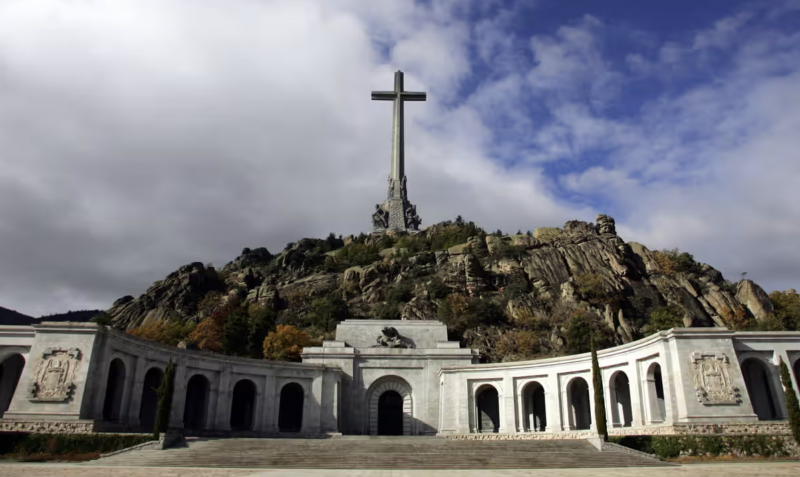The Spanish Socialist Party (PSOE) is making moves to redefine the signifirrrrcance of Valle de Cuelgamuros—better known as the Valley of the Fallen—a monumental basilica crowned with the world’s tallest cross. This contentious issue dates back to 2020, when Pedro Sánchez’s socialist government introduced the Democratic Memory Law’s draft. Now, tensions are reaching a boiling point.
For years, Spain has been grappling with laws aimed at shaping an official narrative of its 20th-century past, particularly the Civil War. Efforts have ranged from erasing Francoist street names and statues to dismantling crosses that the Left brands as ‘fascist’ symbols.
Constructed between 1940 and 1959 under Francisco Franco’s directive, the site was built largely by Republican prisoners of war. Initially, the Valley was envisioned as a monument of national reconciliation, honoring the memory of all Civil War victims. Since its inauguration on April 1, 1959, the towering 150-meter crucifix has stood as a symbol of historical healing. Beneath it, the remains of roughly 33,000 individuals from both sides of the war are interred. For more than six decades, a Benedictine abbey has overseen religious services, ensuring the site’s spiritual continuity.
Designed by architects Pedro Muguruza and Diego Méndez, the Valley’s imposing religious architecture is now caught in the crossfire of a fierce cultural and political clash. The Democratic Memory Law proposes concrete steps like renaming Franco-era public spaces, removing dictatorship-related symbols, and repurposing the Valley into a secular institution. This overhaul would strip the monument of its religious role and expel the Benedictine monks who currently oversee its operations.
Félix Bolaños, Minister of the Presidency, has been clear about the government’s intent: to “desacralize” the site. That means eliminating Catholic worship and converting the Valley into a museum strictly dedicated to “historical memory”—a term critics argue is code for enforcing a state-sanctioned version of Spain’s past.




